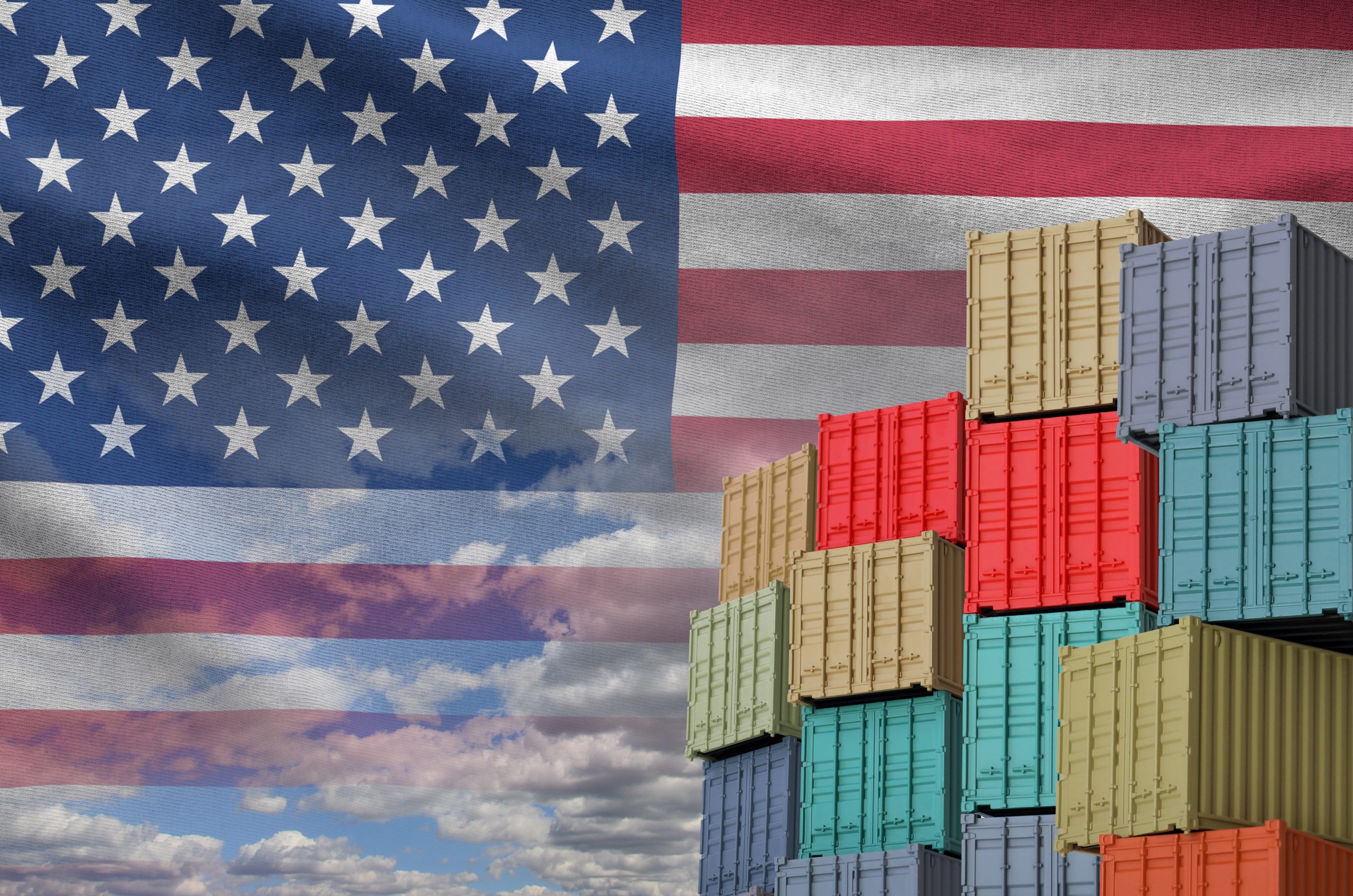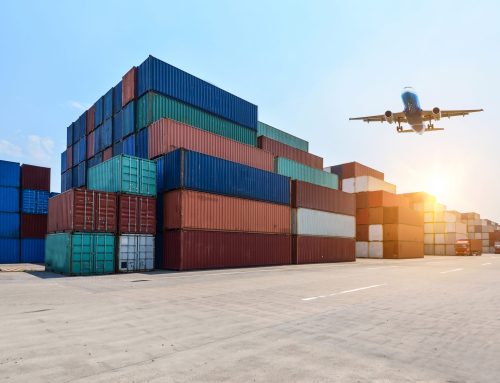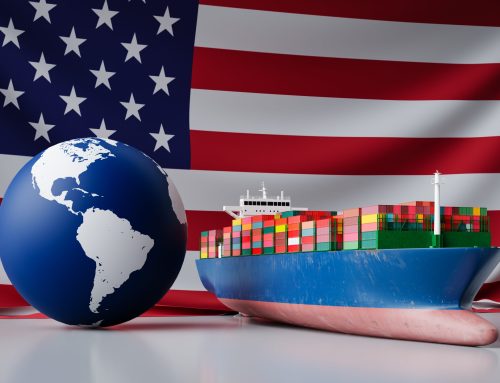If you import low-value goods into the U.S., the De Minimis rule can significantly simplify your import process. It allows you to bring items under a specified dollar threshold without paying duties or filing complex paperwork. But recent tariff actions and enforcement changes mean it’s more important than ever to know the ins and outs of this rule.
In this blog, you’ll learn:
- What the De Minimis rule is and why it matters
- How it works in practice and what falls outside its scope
- Key 2025 policy updates that could affect your shipments
- Common pitfalls that trip up importers
- Practical steps to keep your low-value imports compliant
What Is the De Minimis Rule?
The De Minimis rule (Section 321 of the Tariff Act) lets you import goods with a total value of $800 or less per day, even if they are dutiable otherwise. These shipments:
- Enter duty-free
- Skip formal customs entry
- Avoid import bonds
The De Minimis rule offers significant time and cost savings for small businesses, e-commerce sellers, and sample-only shipments.
How De Minimis Works in Practice
Value Limit
You can bring in up to $800 worth of goods per day, per importer.
Quantity & Weight
There’s no strict weight restriction, but the value is capped at $800 per day, per importer. Alcohol, tobacco, and certain weapons are always excluded.
Frequency
You can use this exemption daily. However, CBP actively monitors for ‘split shipments’—intentionally segmenting goods to stay under the threshold.
Allowed Goods
Most finished goods qualify, including apparel, electronics, and samples.
The following product categories are always excluded from De Minimis eligibility:
- Firearms and ammunition
- Alcohol and tobacco products
- Controlled substances
- Live animals and plants
- Products subject to Anti-dumping or Countervailing duties
2025 Policy Updates to Watch
New Tariff Actions Don’t Automatically Lift De Minimis
In early 2025, the U.S. imposed fresh tariffs on vehicles, steel, and Chinese goods. Those higher rates apply only when your shipment exceeds $800. Even newly tariffed products may qualify under De Minimis if the importer fully complies with CBP regulations.
For a deeper look at how broader tariffs have reshaped import strategies, see our analysis of Trump-era tariff impacts on importers and consumers.
Section 301 & IEEPA Exclusions
Some Section 301 (China-related) and IEEPA (emergency-power) tariffs carry special conditions. For instance:
- Shipments containing Section 301 goods may lose De Minimis if their value of covered goods alone exceeds $800
- Emergency IEEPA duties still honour De Minimis for most consumer products—check CBP bulletins to confirm
Sharp Chinese-Goods Rates
New duties on Chinese electronics now exceed 100% in some categories. You still qualify if you import small-value gadgets, but only up to $800 total. For details on those steep rates, review our 104% tariff guide for Chinese goods and the broader U.S.-China tariffs explained for importers.
Common Pitfalls That Can Void Your Exemption
Split-Shipments
Border officers look for ‘split shipments’ (also known as smurfing) designed to bypass duties. If CBP deems your shipments intentionally split, they can consolidate their value and charge full responsibilities.
Misclassified Goods
Using the wrong HTS code can empty your De Minimis shield. Always double-check your product classification.
Ignoring Restricted Categories
Even $1 worth of alcohol or firearms invalidates your De Minimis claim. Keep restricted items out of these shipments.
Overlooking Fee-Based Services
Specific handling or brokerage fees might count toward the total declared value, potentially pushing your shipment over the $800 limit.
Practical Steps to Keep De Minimis Safe
1. Audit Your Small-Shipments Process
Review how you pack, label, and declare each package. Make sure each one independently meets the $800 threshold.
2. Centralize Your De Minimis Entries
Use a single importer of record and consistent daily entry times. This minimizes confusion around cumulative imports and avoids double-counting.
3. Train Your Team
Teach staff and fulfilment partners which goods qualify, and which do not. A quick checklist can prevent costly mistakes.
4. Leverage Bonded Warehouses & FTZs
If your average shipment approaches the $800 threshold or contains non-eligible items, consider using a Foreign-Trade Zone.
5. Work with a Trusted Customs Broker
A trusted broker like Clearit USA can help identify classification errors and guide you through Section 321 requirements. We’ll help you avoid split-shipment risk and unexpected bills.
Conclusion
The De Minimis rule offers huge benefits to importers of low-value goods. With new tariffs and heightened CBP scrutiny in 2025, staying compliant is more critical than ever.
- Know your $800 limit and restricted categories
- Watch for policy updates on Section 301 and IEEPA duties
- Follow best practices to avoid split shipments and misclassification
Clearit USA specialises in helping businesses navigate these nuances. From HTS classification audits to bonded warehouse strategies, we ensure your low-value imports stay safe and duty-free.
Ready to safeguard your small-shipment strategy? Contact Clearit USA and ensure your low-value imports comply.





